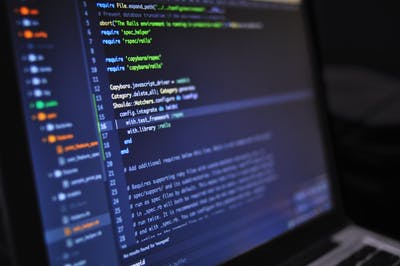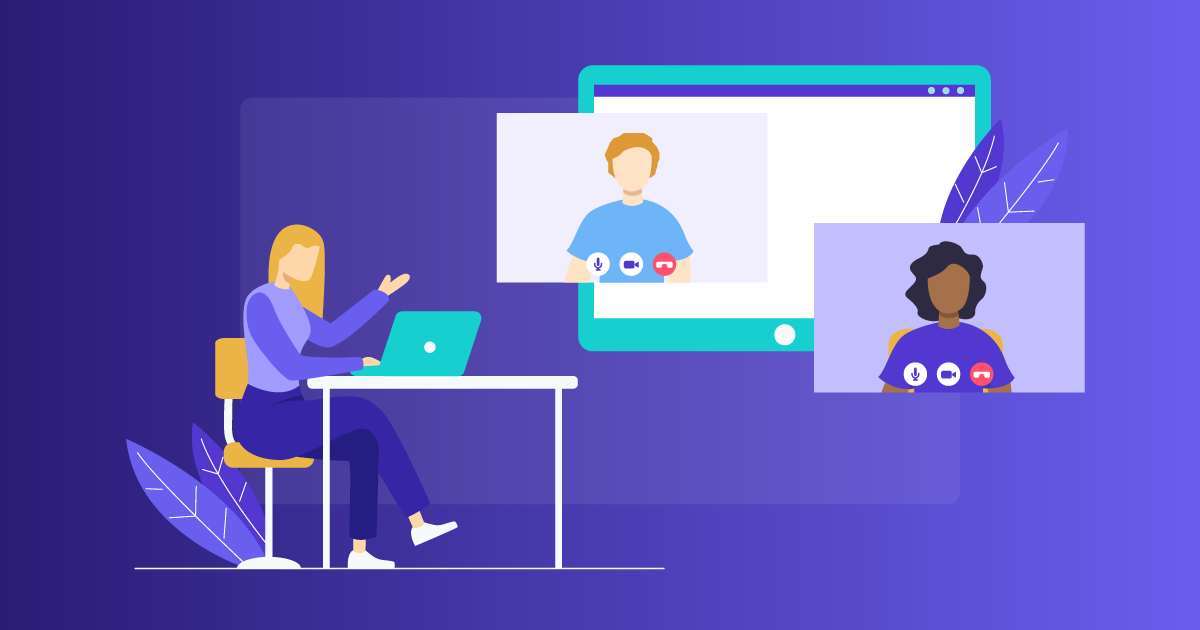When used correctly, employee monitoring software for work from home offers valuable insights into how the employees spend much of their time while on the clock.
Most have worked with somebody who won't take their concerns seriously. Quite lately, as the percentage of remote workers has increased, so too need for enterprises to supervise how employees spend their free time on work computers. It is where employee monitoring software can help businesses.
When you're thinking about using employee tracking software, you should first learn about the different types of software and each one's characteristics. You should also be familiar with the place of work privacy rules and the extent to which computer systems one could use to record your employees.
How Does Employee Monitoring Software Work?
Employee monitoring software gives managers a suite of features and functionalities for tracking and recording employee behaviour while they are on the schedule. This includes technology that employees visit, texts they transfer, initiatives they use, and documents they access. Employee monitoring serves two purposes: it ensures that company policies and procedures are not broken, and it ensures worker productivity and responsibility.
The workforce management application supports employers with more information about how their staff members spend much of their time, such as which initiatives they use or how much of their time people spend on job activities and assignments.
What are the advantages of using employee monitoring software?
Companies Can Use Employee Monitoring Software to:
Keep track of time. Employee monitoring software can detect inconsistencies in time usage, allowing you to determine which staff members are effective and motivated, and which are undermining your team's efficiency and productivity – and their company's bottom line.
Determine problematic usage. Employee monitoring software alerts you if your group is contravening a corporation law that prohibits media platforms use during work time. While individuals would not want to monitor and control staff members who tear this rule on the event, you may have to govern employees whose work-related social media use starts to interfere with productive output. Furthermore, many employees deal with delicate company information.
Since employee monitoring software tracks those workers' conduct, you'll know right away if staff members are saving corporate data to personal devices or otherwise abusing their power.
You can operate on this data, save it for subsequent use when your employee continues to violate your policies, or ignore it.
Devices for controlling. A few employee monitoring software applications enable administrators to remotely control an employee's gadget if necessary. This characteristic may be useful if, despite repeated discussions with the worker, they fail to uphold company policies. However, in this case, firing may be preferable to discipline.
Employee Monitoring Types
Employee monitoring is primarily accomplished through the use of a software program that is there on specific company computers. However, there are five other types of employee tracking in your workplace that you should be aware of:
Keycards: GPS-enabled keycards help in tracking your employees' places all through your facility. It will truly comprehend how they spend their time.
Video surveillance - Some people configure recording devices outside their residences to supervise their estate. You may also want to set up surveillance cameras in your place of work to keep track of your team.
Email: By tracking employees' email inboxes and filtering out spam emails, email monitoring applications can protect your system from scammers.
Phone: Particularly in comparison to email monitoring, you may also want to supervise your company phones. Just to make sure they are in use for business purposes or to prevent unnecessary calls from contacting your employees.
Keylogging: As previously stated, keylogging is a popular form of employee surveillance, but it can be contentious. Keylogging entails going to record each term a worker types on a corporation's keyboard or device.
What Is the Cost of Employee Monitoring Software?
Employee monitoring software is usually priced per consumer, per month, though costs are sometimes defined in terms of yearly subscriptions.
Many specify a minimum number of users – or supervised employees. It is generally five but can be considerably higher based on the organization. A premium subscription for a single license, on the other hand, is uncommon.
Employee monitoring software is typically in use as on-premises software or as a cloud-based app. On-premises remedies are typically more expensive to implement and necessitate an IT team to preserve a server. Yet they give businesses greater control of the data gathered. With cloud-based software, you bestow the management and security of your information to a third party.
The cost of employee monitoring tools varies greatly depending on the characteristics included or the number of licenses required.
Some companies may also incur setup fees, which can amount to several hundred dollars. Request a pricing rundown. It contains all fees as well as any legal agreements, such as termination fees or software upgrade subscription fees.
Eventually, some employee monitoring software for work from home packages involves extra tools for an extra charge. It can be mobile licensing or GPS location tracking. Add-ons are helpful, but they raise the overall cost, so think about how they should affect your employee monitoring budget before purchasing.







